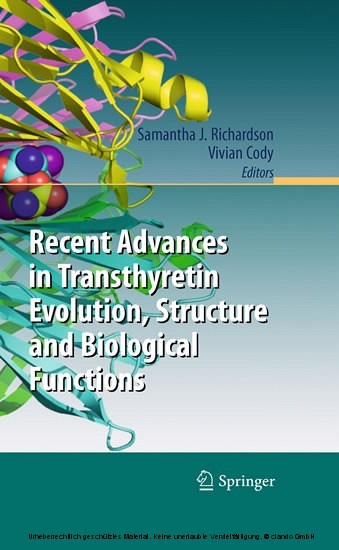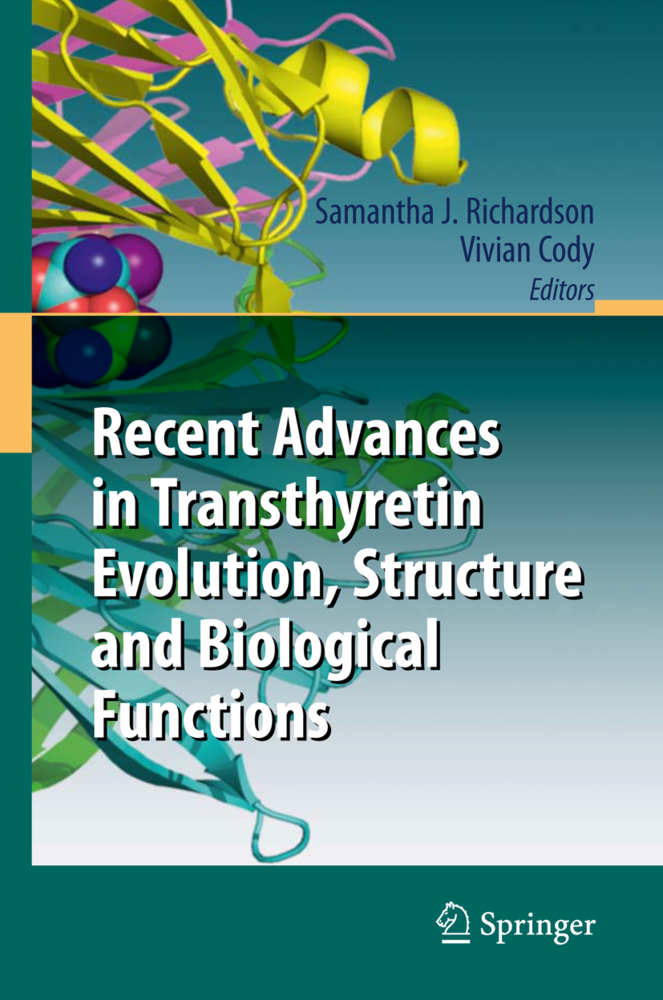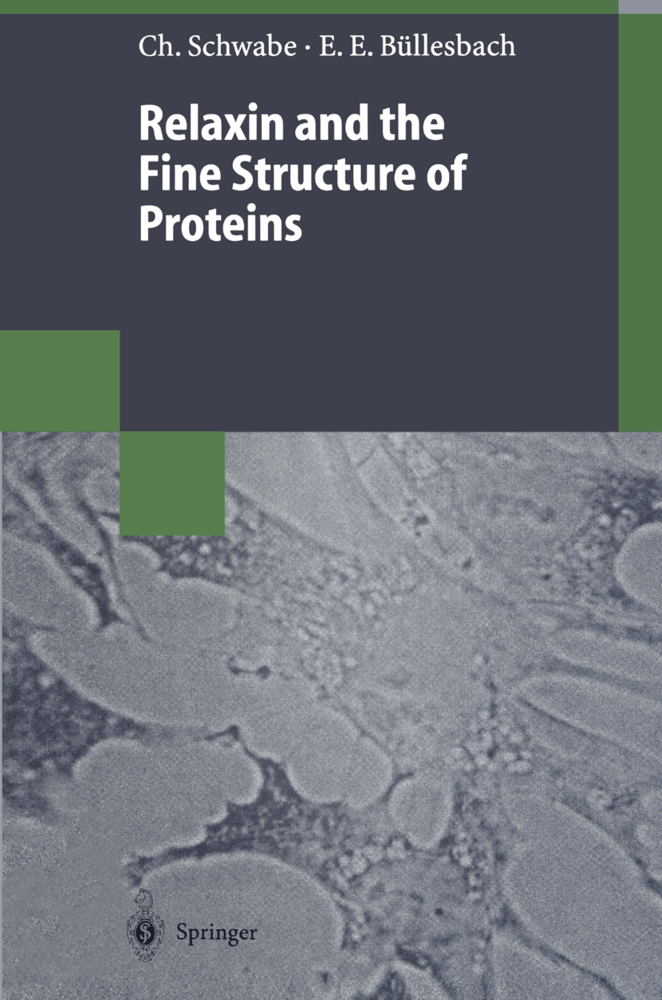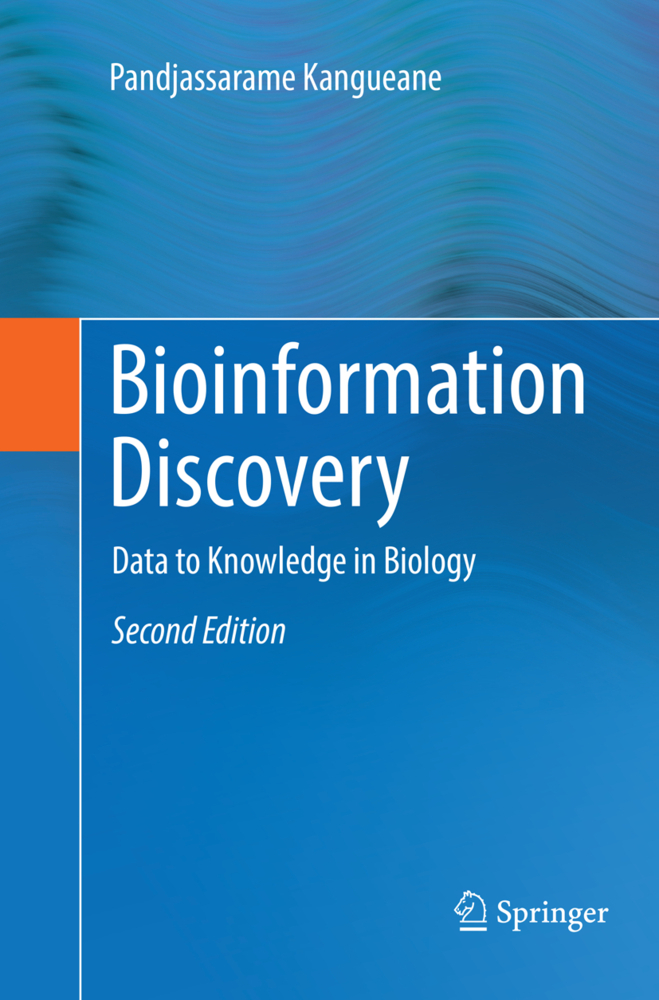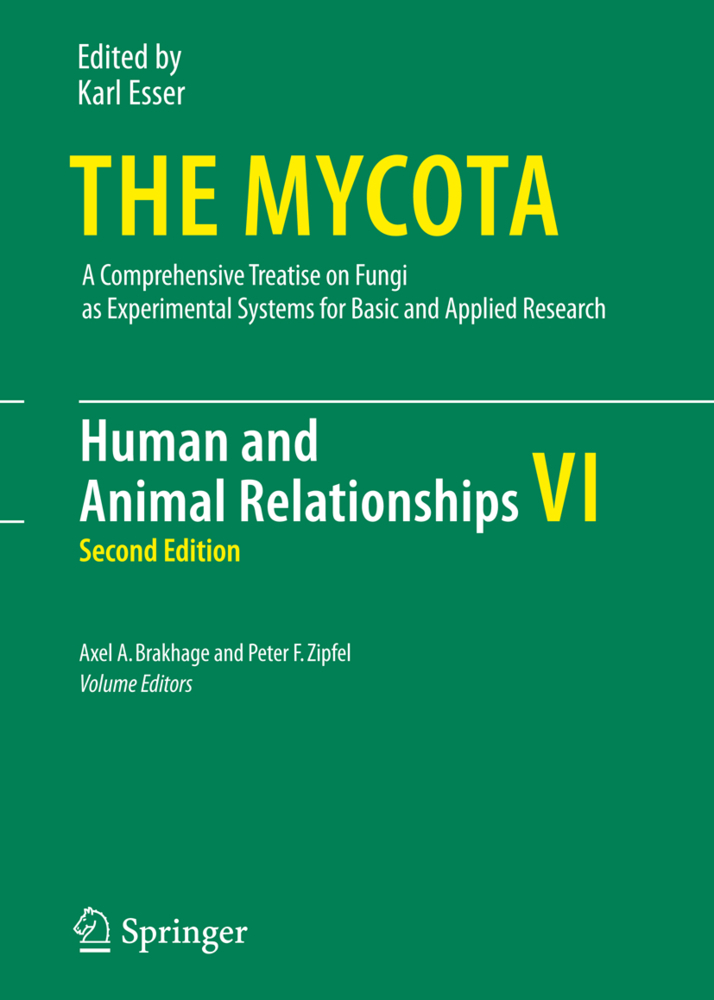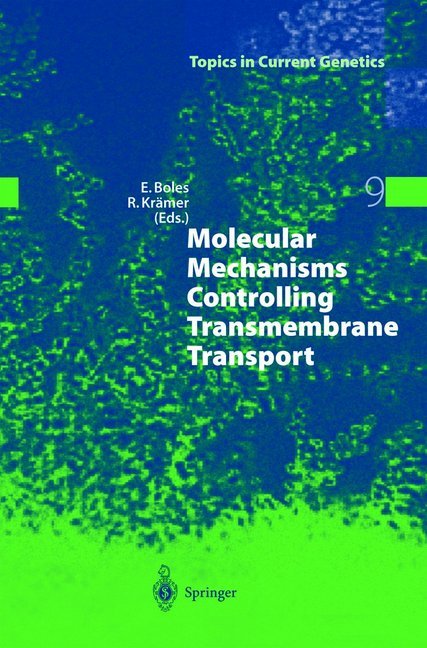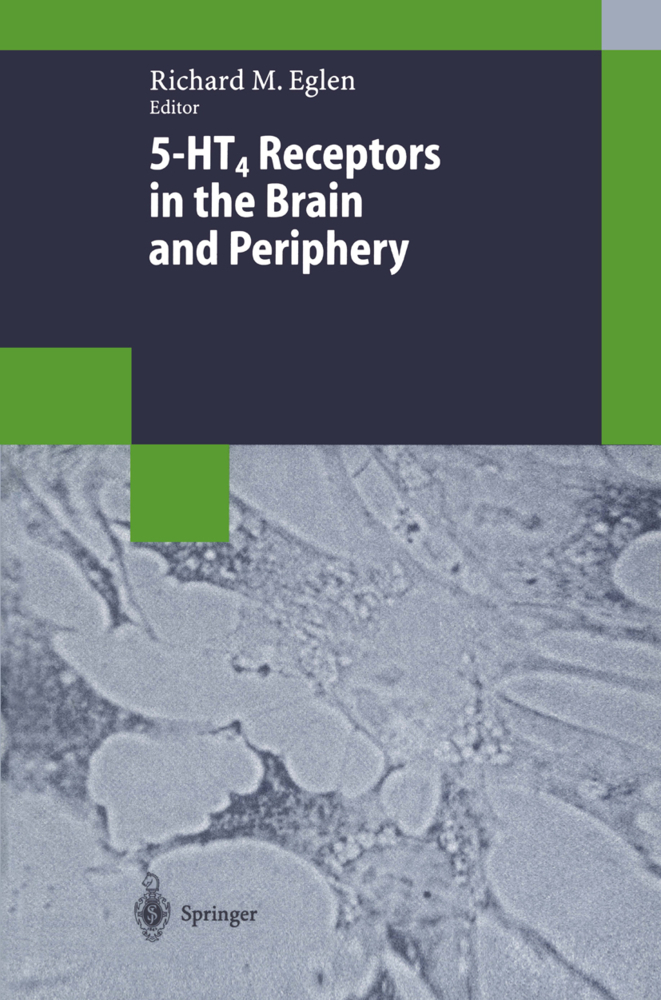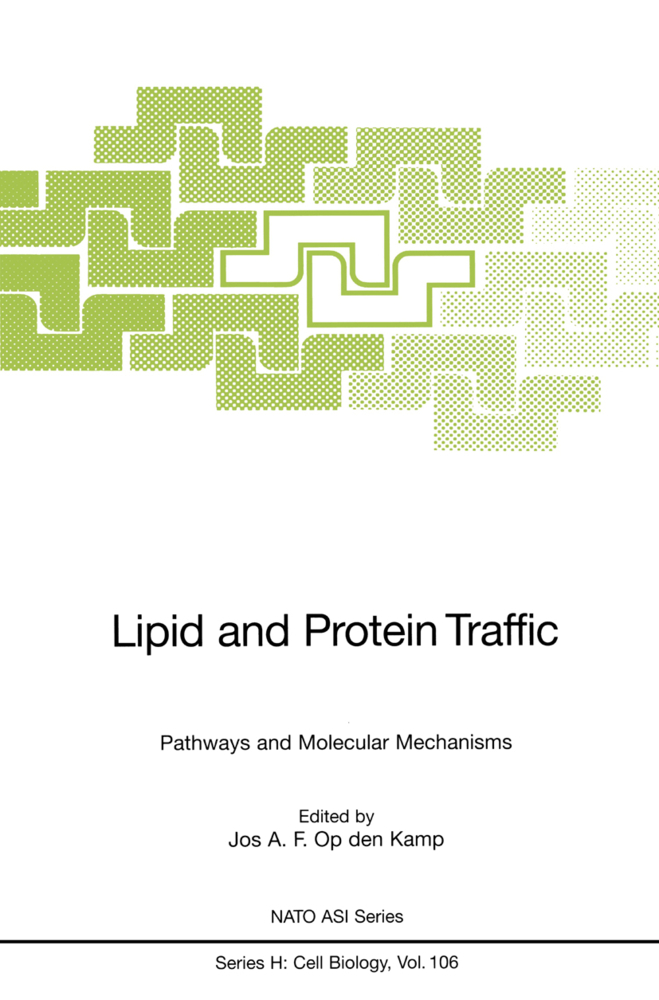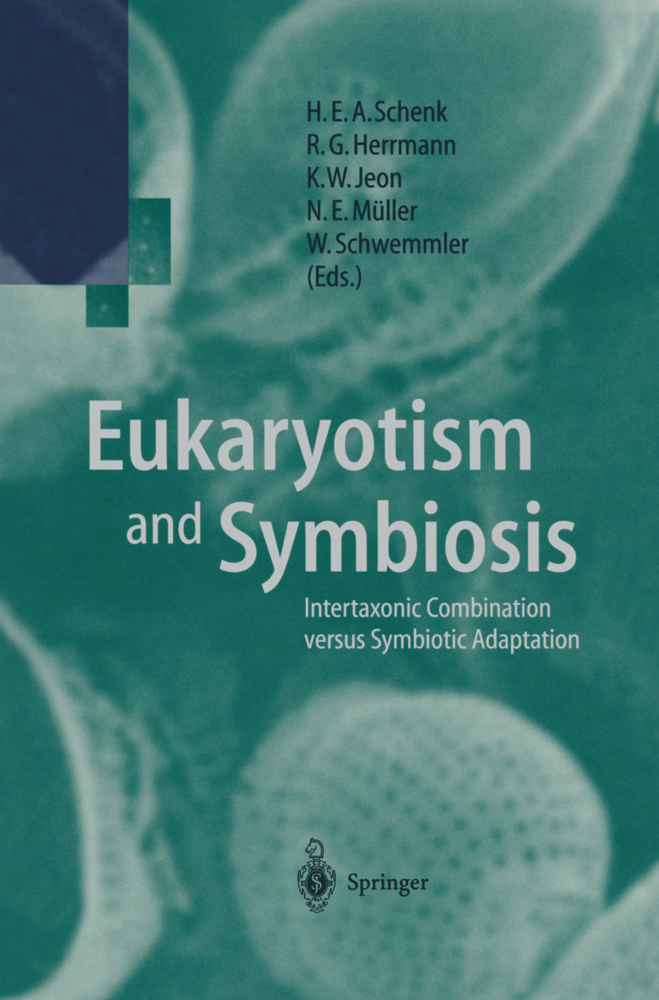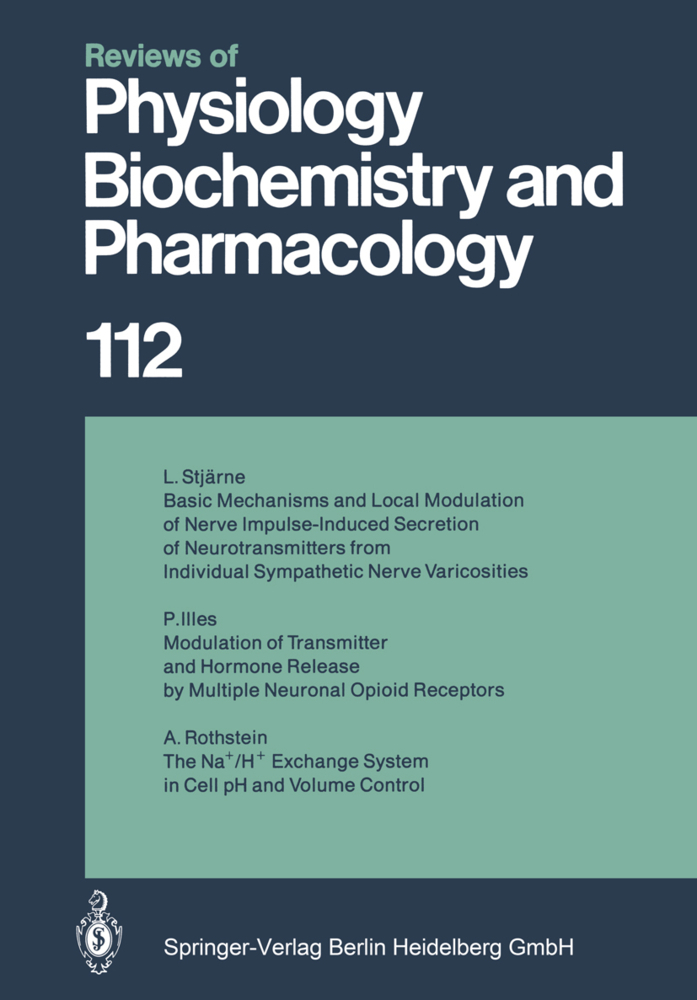Recent Advances in Transthyretin Evolution, Structure and Biological Functions
Since its ?rst description in 1942 in both serum and cerebrospinal ?uid, transthyretin (TTR) has had an eventful history, including changes in name from 'prealbumin' to 'thyroxine-binding prealbumin' to 'transthyretin' as knowledge increased about its functions. TTR is synthesised in a wide range of tissues in humans and other eutherian mammals: the liver, choroid plexus (blood- cerebrospinal ?uid barrier), retinal pigment epithelium of the eye, pancreas, intestine and meninges. However, its sites of synthesis are more restricted in other vertebrates. This implies that the number of tissues synthesising TTR during vertebrate evolution has increased, and raises questions about the selection pressures governing TTR synthesis. TTR is most widely known as a distributor of thyroid hormones. In addition, TTR binds retinol-binding protein, which binds retinol. In this way, TTR is also involved with retinoid distribution. More recently, TTR has been demonstrated to bind a wide variety of endocrine disruptors including drugs, pollutants, industrial compounds, heavy metals, and some naturally occurring plant ?avonoids. These not only interfere with thyroid hormone delivery in the body, but also transport such endocrine disruptors into the brain, where they have the potential to accumulate.
1;Preface;5 2;Contents;5 3;Contributors;5 4;1: Mechanisms of Molecular Recognition: Structural Characteristics of Transthyretin Ligand Interactions;14 4.1;1.1 Introduction;15 4.2;1.2 TTR Monomer Assembly and Stability;18 4.3;1.3 Negative Cooperativity in TTR Binding;21 4.4;1.4 Ligand Binding Architecture;23 4.5;1.5 TTR Variants and Amyloid Disease;27 4.6;1.6 Summary;29 4.7;Acknowledgement;30 4.8;References;30 5;2: TTR Synthesis During Development and Evolution: What the Marsupials Revealed;35 5.1;2.1 Marsupials Marsupialand Other Mammals;36 5.1.1;2.1.1 Eutherians, Marsupials and MonotremesMonotreme;36 5.1.2;2.1.2 Evolutionary History of the Marsupials;36 5.1.3;2.1.3 Development of Marsupials;38 5.2;2.2 TTR as a Thyroid Hormone Distributor Protein (THDP);38 5.2.1;2.2.1 The Role of THDPs in Blood;38 5.2.2;2.2.2 TTR as a THDP in the CSF;39 5.2.3;2.2.3 THDPs Thyroid hormone distributor protein (THDP)Differ Between Species: Mammalian TTR is the Exception, not the Rule;39 5.3;2.3 Sites of TTR Synthesis in Eutherian EutherianMammals;40 5.3.1;2.3.1 LiverLiver;40 5.3.2;2.3.2 Choroid PlexusChoroid plexus;40 5.3.3;2.3.3 Visceral Yolk Sac and Placenta;40 5.3.4;2.3.4 Retinal and Ciliary Pigment Epithelia;41 5.3.5;2.3.5 Intestine, Pancreas and Meninges;41 5.4;2.4 Sites of TTR Synthesis During Development in Vertebrates;41 5.4.1;2.4.1 LiverLiver;41 5.4.2;2.4.2 Onset of Hepatic TTR Synthesis in Juveniles Only Could be Related to the Developmental Surge of Thyroid Hormones in Bloo;43 5.4.3;2.4.3 Choroid PlexusChoroid plexus;43 5.4.4;2.4.4 Visceral Yolk Sac and Placenta;44 5.4.5;2.4.5 Other Tissues;45 5.5;2.5 TTR Synthesis During Evolution (Adult Animals);45 5.5.1;2.5.1 LiverLiver;45 5.5.1.1;2.5.1.1 Albumin is the Oldest THDP in Vertebrates;45 5.5.1.2;2.5.1.2 No Clear Phylogeny for TBGThyroxine-binding globulin (TBG) in Vertebrates;45 5.5.1.3;2.5.1.3 Hepatic TTR Synthesis in Adult Birds, Diprotodont Marsupials and Eutherians;45 5.5.1.4;2.5.1.4 Hepatic TTR Synthesis and the Increase in Lipid Pool to Body Mass Ratio: Consider Marsupials;46 5.5.1.5;2.5.1.5 Hepatic TTR Synthesis and Homeothermy: Marsupials Fall between the Cracks;46 5.5.1.6;2.5.1.6 The TTR-RBP Retinol-binding protein (RBP)Complex: Marsupials Raise a Question;47 5.5.2;2.5.2 Choroid PlexusChoroid plexus;47 5.5.3;2.5.3 Other Tissues;48 5.6;2.6 Evolution of TTR Structure and Function: MarsupialMarsupials are a `Missing Link´;48 5.7;2.7 Marsupial Models for Studying TTR Amyloid Formation;50 5.8;2.8 Conclusions;51 5.9;References;52 6;3: Evolution of Transthyretin Gene Structure;56 6.1;3.1 Genomic Structure of the Transthyretin Gene;57 6.1.1;3.1.1 General;57 6.1.2;3.1.2 Genomic Structure of Human TTR;57 6.1.3;3.1.3 Genomic Structure of TTR from Rodents;58 6.2;3.2 Evolution of the TTR Gene Structure and the Stepwise Shift of the Splicing Mechanism;59 6.3;3.3 Influence of Changes in Gene Structure on Function of TTR;63 6.4;3.4 Conclusion;65 6.5;References;66 7;4: Evolutionary Insights from Fish Transthyretin;70 7.1;4.1 Introduction;71 7.2;4.2 Thyroid Axis;72 7.3;4.3 Thyroid Hormones Distributor Proteins;72 7.4;4.4 Structure and Hormone Binding Characteristics;74 7.5;4.5 Evolution;75 7.5.1;4.5.1 TTR Tissue Distribution and Function;75 7.5.2;4.5.2 TTR and TLP Transthyretin-like protein (TLP)Evolution in Fish;76 7.6;Acknowledgements;82 7.7;References;82 8;5: The Salmonella sp. TLP: A Periplasmic 5-Hydroxyisourate Hydrolase;87 8.1;5.1 Introduction;88 8.2;5.2 The Identification of Non-Vertebrate TTR Homologs;88 8.2.1;5.2.1 The Relative Distributions of TTR and TLP Genes;88 8.2.2;5.2.2 Motifs Characterising TLP and TTR Sequences;89 8.2.3;5.2.3 Structural Significance of Motifs;90 8.2.4;5.2.4 Variations in the Predicted Subcellular Localisation of TLPs;91 8.3;5.3 Structural Characterisation of the S. dublin TLP;92 8.3.1;5.3.1 Synthesis and Characterisation of Recombinant S. dublin TLP;92 8.3.2;5.3.2 The X-Ray Crystal StructureCrystal structure of the S. dublin TLP;92 8.3.3;5.3.3 Comparison of the
Richardson, Samantha J.
Cody, Vivian
| ISBN | 9783642006463 |
|---|---|
| Artikelnummer | 9783642006463 |
| Medientyp | E-Book - PDF |
| Auflage | 2. Aufl. |
| Copyrightjahr | 2009 |
| Verlag | Springer-Verlag |
| Umfang | 362 Seiten |
| Sprache | Englisch |
| Kopierschutz | Digitales Wasserzeichen |

